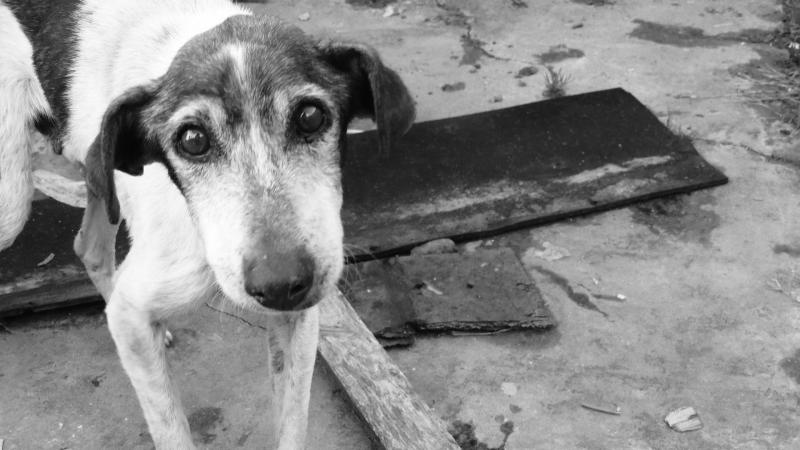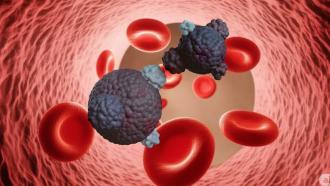
About 6,000 years ago, an unfortunate dog suffered from a relatively rare form of cancer. Since then, unlike any other cancer, its cancer cells were swiftly transmitted from one dog to another. Today, this age-old ailment has a name—Canine Transmissible Venereal Tumour or CTVT. It is a common sexually-transmitted disease found in dogs around the world. Although such transmissible tumours are rare—observed only eight times in nature—once established, they spread far and wide.
The ability of this disease to persist in dogs across the world has intrigued a group of international researchers. In a recent study, they traced the history of CTVT to Asia, and in the process, helped understand the evolution of cancer in the long term.
"This ancient, transmissible cancer has survived and evolved for thousands of years. Hence, it can help us to understand how tumour evolution unfolds over very long periods," says Mr Adrian Baez-Ortega from the University of Cambridge, UK, the lead author of the study. "This kind of knowledge cannot be learned from human cancers, as they can only evolve for years or decades, at most," he adds.
The researchers traced the genetic history and the evolutionary timeline of this canine cancer using CTVT tumours of 546 affected dogs from 43 countries, including India. As CTVT proliferated across continents for thousands of years, the genome of the cancer cells underwent many changes due to its environment. Therefore, it now acts as a living indicator of any mutations experienced in this cancer's long journey.
"Using the information about these acquired mutations, we can reconstruct the history of the entire CTVT tumour lineage up to 4,000–8,000 years into the past, when the first tumour arose in Asia," explains Mr Baez-Ortega.
The researchers found that the disease began about 6,220 years ago and split into several branches, indicating the genetic relationships between the tumours found across the world. The tumour initially remained at its origin, somewhere in Asia, for about 2,000 to 6,000 years, before making its way to Europe. However, its global expansion probably occurred about 500 years ago, when colonists introduced it to the Americas. "Dogs, together with their neoplastic parasites (cancer cells) were extensively transported around the world between the 15th and early 20th century,'' suggest the researchers.
The study also identified 'signatures' of mutations that occurred throughout the disease's history. These patterns of mutations can provide information about the biological processes that caused the mutations in CTVT. Interestingly, they found a signature that had never surfaced before. Designated as 'Signature A', it came with a rather vague history of occurrence. The researchers say that Signature A was highly active until about 1,000 years ago but then suddenly disappeared. This mysterious disappearance is probably because an external factor created signature A in dogs from Asia. Once CTVT started to spread from here about 1,000 years ago, Signature A no longer existed!
Mutations found in cancer genomes are distinguished based on their function. The study found that variations in CTVT were 'driver mutations'.
"Driver mutations are those that confer an advantage on the cancer cells, and allows them to proliferate and survive more effectively," explains Mr Baez-Ortega.
Most cancers, including human cancers, evolve through 'positive selection', where the advantageous driver mutations in their genome are favourably passed on through generations. Interestingly, CTVT does not show positive selection. Instead, the researchers found that the disease does not favour any mutations that help or harm its survival. It merely passes the acquired mutations randomly.But does this 'randomness' mean that cancer may soon disappear? Not yet! The CTVT genome may have optimised its capacity to spread and survive a long, long time ago. Fortunately, though it has been treated with an anti-cancer drug, Vincristine, since the 1980s, it has not developed drug resistance. Moreover, in the West, with strict management and control of free-roaming dogs, there has been a decline in the occurrence of CTVT. This offers hope towards controlling this ancient cancer’s global expansion.
This article has been run past the researchers, whose work is covered, to ensure accuracy.






